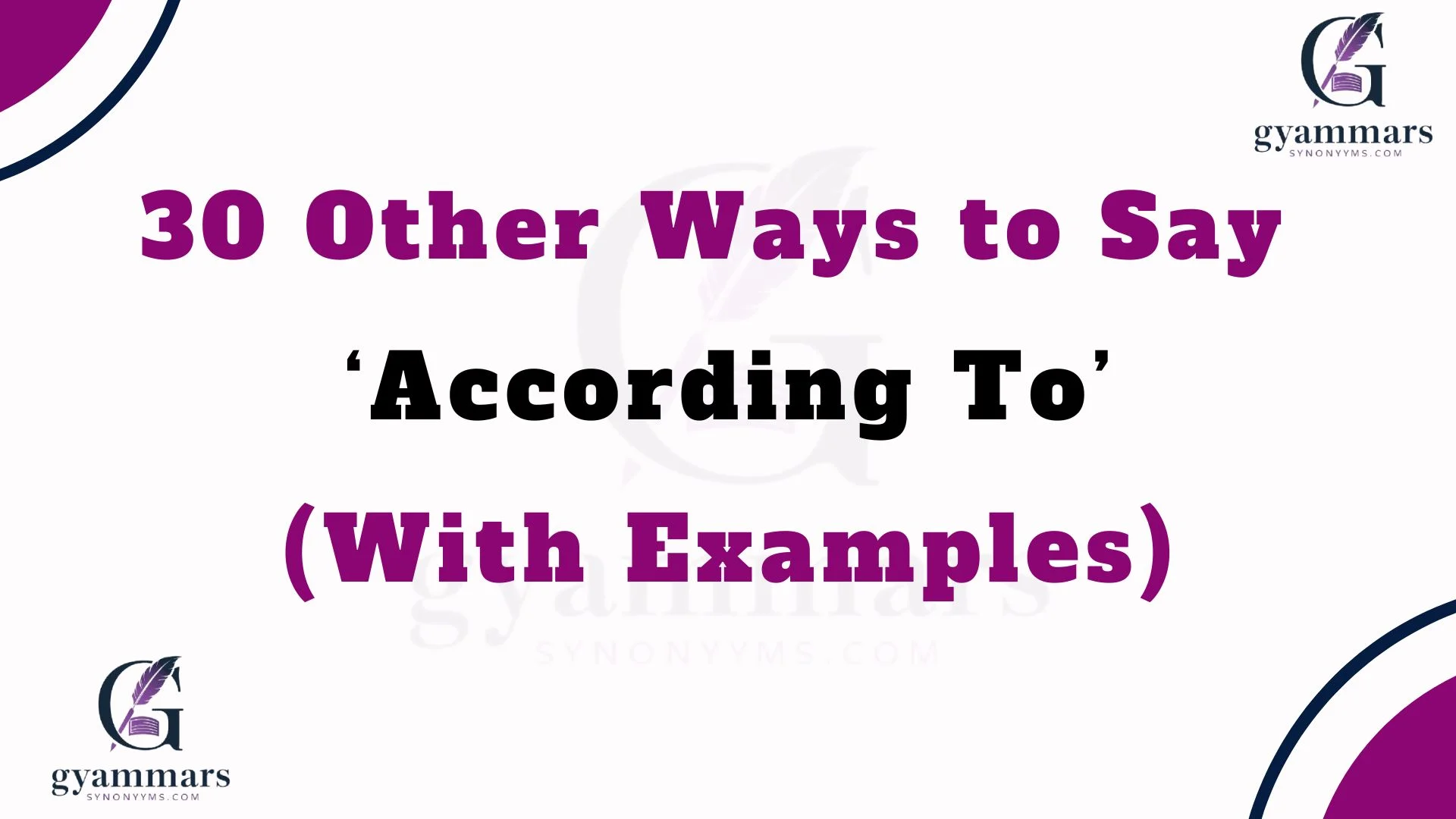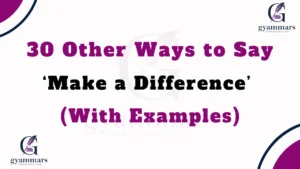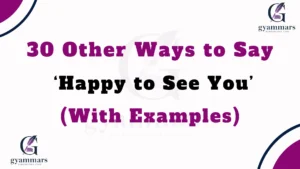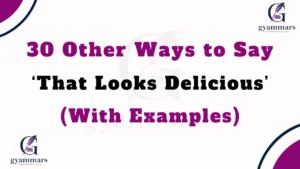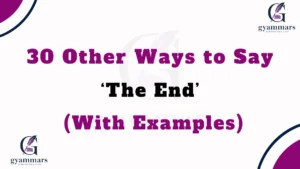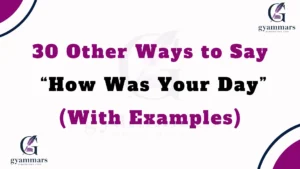Finding the right words can completely change how your message is received. When we use phrases like “according to,” they can sometimes feel too formal, stiff, or distant. By choosing warmer and more thoughtful alternatives, you make your communication more engaging and relatable. Whether you’re writing professionally, academically, or casually, these options can help you connect better with your audience while still sounding accurate and respectful.
What Does “According To” Mean?
The phrase “according to” means presenting information, opinions, or authority from another person, group, or source. It’s commonly used in reports, research, news, or even everyday conversations to signal that what you’re sharing isn’t your personal view but is based on someone else’s statement or data.
Is It Professional/Polite to Say “According To”?
Yes, “according to” is both professional and polite in most situations. It shows that you respect the original source. However, using it too often can make your writing repetitive, overly formal, or detached. This is why having alternatives allows you to express the same meaning while keeping your tone fresh, warm, or adapted to the context.
Pros or Cons of Using “According To”
Pros:
- Clear and straightforward.
- Works well in formal writing.
- Shows respect to the original source.
Cons:
- Can sound stiff or cold.
- May feel overused in reports or essays.
- Lacks variety in tone or expression.
Synonyms For ‘According To’
- As Per
- In Line With
- On the Authority Of
- In Accordance With
- Stated By
- Reported By
- From the Perspective Of
- As Mentioned By
- By the Words Of
- Cited By
- Following
- As Observed By
- In the Words Of
- Quoting
- In the View Of
- As Declared By
- As Asserted By
- Per the Statement Of
- On the Word Of
- Based On
- Noted By
- Confirmed By
- Documented By
- As Recorded In
- Endorsed By
- In Reference To
- Supported By
- Expressed By
- Verified By
- In the Opinion Of
1. As Per
Definition: Based on or in line with someone’s statement, rules, or instructions.
Detailed Explanation: Common in business or legal contexts, this phrase feels formal but concise.
Scenario Example: “As per the doctor’s advice, she is resting for two weeks.”
Best Use: Emails, reports, workplace instructions.
Tone: Formal, respectful.
Additional Notes: Works best in professional documents rather than casual speech.
2. In Line With
Definition: Matches or aligns with what was said or written.
Detailed Explanation: Slightly softer than “according to,” making it suitable for neutral or semi-formal contexts.
Scenario Example: “In line with company policy, all staff must attend the training.”
Best Use: Policies, rules, organizational communication.
Tone: Neutral, professional.
Additional Notes: Sounds collaborative rather than commanding.
3. On the Authority Of
Definition: Based on the recognized power or credibility of someone.
Detailed Explanation: Highlights the authority behind the statement rather than just the content.
Scenario Example: “On the authority of the principal, the event has been postponed.”
Best Use: When emphasizing the credibility of the source.
Tone: Strong, authoritative.
Additional Notes: Use sparingly; it may sound too rigid in casual settings.
4. In Accordance With
Definition: Following or consistent with a rule, law, or statement.
Detailed Explanation: Very common in legal, academic, and professional settings.
Scenario Example: “In accordance with safety regulations, helmets must be worn at all times.”
Best Use: Rules, contracts, official documents.
Tone: Formal, precise.
Additional Notes: Ideal when clarity and compliance are crucial.
5. Stated By
Definition: Words or information directly expressed by someone.
Detailed Explanation: Simple, clear, and works well in quotes or reports.
Scenario Example: “Stated by the minister, the reforms will start next month.”
Best Use: Journalism, reporting speeches, interviews.
Tone: Neutral, factual.
Additional Notes: Great for highlighting exact words from a source.
6. Reported By
Definition: Shared or published information from a source.
Detailed Explanation: Often used in journalism to indicate where the information came from.
Scenario Example: “Reported by CNN, the storm could last several days.”
Best Use: News, updates, public information.
Tone: Informative, objective.
Additional Notes: Works best when citing media outlets or third parties.
Also Read This: 30 Other Ways to Say “You Look Handsome” (With Examples)
7. From the Perspective Of
Definition: Expressing someone’s viewpoint or way of thinking.
Detailed Explanation: Warmer and more empathetic than “according to.”
Scenario Example: “From the perspective of teachers, the new curriculum is challenging.”
Best Use: Essays, discussions, empathy-driven communication.
Tone: Thoughtful, human-centered.
Additional Notes: Excellent for showing understanding of different viewpoints.
8. As Mentioned By
Definition: Refers to something previously said by a source.
Detailed Explanation: Works when you’re echoing or highlighting another person’s words.
Scenario Example: “As mentioned by our manager, teamwork is key to success.”
Best Use: Presentations, meetings, collaborative discussions.
Tone: Respectful, professional.
Additional Notes: Good for reinforcing credibility.
9. By the Words Of
Definition: Referring to the direct language someone used.
Detailed Explanation: Adds authenticity and personal touch to citations.
Scenario Example: “By the words of Gandhi, peace begins with a smile.”
Best Use: Quotes, motivational writing.
Tone: Inspirational, respectful.
Additional Notes: Feels warmer than “according to” when citing great figures.
10. Cited By
Definition: Information acknowledged in writing or research.
Detailed Explanation: Mostly academic or formal use.
Scenario Example: “Cited by Harvard research, the results show a clear pattern.”
Best Use: Academic papers, research.
Tone: Formal, credible.
Additional Notes: Strong for scholarly work but stiff for casual conversation
Conclusion
Choosing the right words is more than just swapping phrases—it’s about creating connection, warmth, and respect in communication. While “according to” is perfectly acceptable, using alternatives helps you adapt your tone, add variety, and resonate better with your audience. From formal terms like “in accordance with” to thoughtful ones like “from the perspective of,” these options allow you to communicate more meaningfully.

“Mia Rose at Grammar Synonyms is your ultimate guide to mastering language with style and precision. Whether you’re looking to enhance your vocabulary, perfect your grammar, or discover the ideal synonym, Mia Rose offers expert resources and creative solutions to help you express yourself flawlessly. With Grammar Synonyms, unlock a world of language possibilities and elevate every piece of writing you create.
